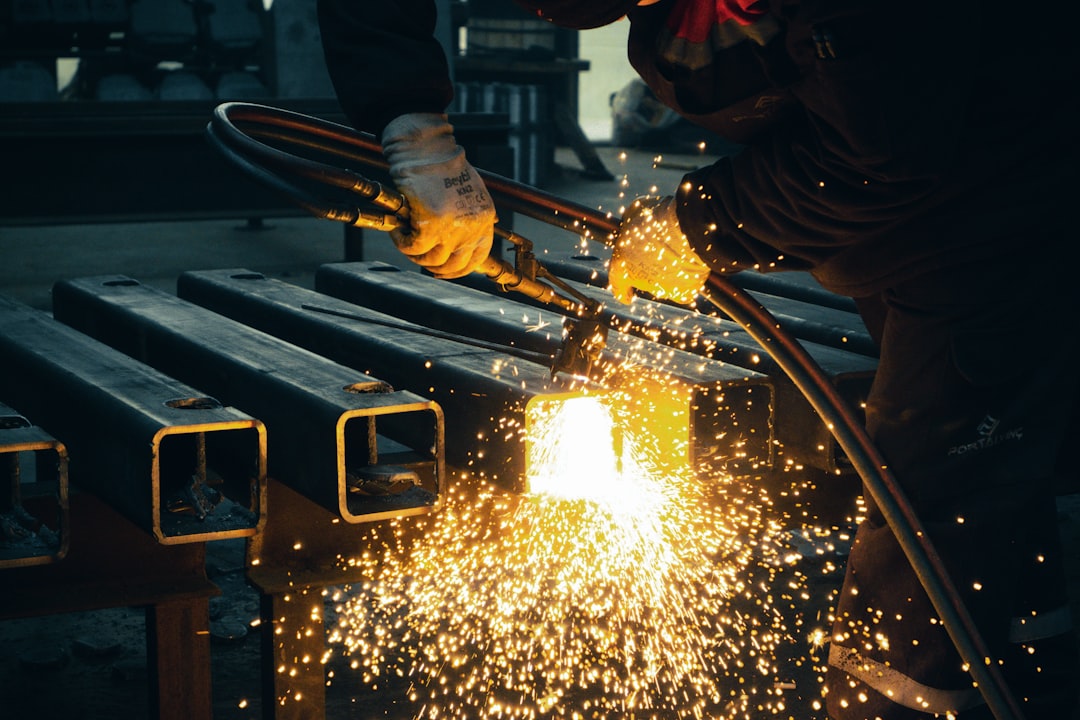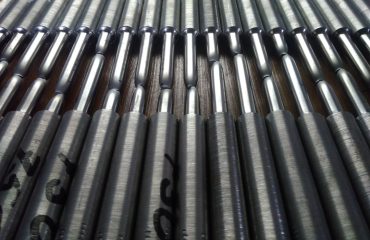Navigating the world of international steel trade can be complex, particularly when it comes to understanding the different Incoterms used. Two of the most common are FOB (Free On Board) and CIF (Cost, Insurance, and Freight). Choosing the right Incoterm is crucial for both importers and exporters, impacting pricing, responsibility, and risk management. This comprehensive guide will clarify the key differences between FOB and CIF in the context of steel exports, helping you make informed decisions.
Understanding FOB (Free On Board) in Steel Exports
FOB signifies that the seller’s responsibility ends when the goods are loaded onto the vessel at the named port of shipment. In the context of steel exports, this means the seller is responsible for:
- Producing and packaging the steel products according to the agreed specifications.
- Delivering the goods to the named port of shipment.
- Loading the goods onto the vessel.
- Providing the necessary export documentation, such as a commercial invoice and packing list.
Importantly, under FOB, the buyer is responsible for all costs and risks associated with the shipment from the moment the goods are loaded onto the vessel. This includes freight costs, insurance, and any potential damage or loss during transit. The buyer also handles customs clearance at the destination port.
Understanding CIF (Cost, Insurance, and Freight) in Steel Exports
CIF, on the other hand, places more responsibility on the seller. Under CIF, the seller’s responsibilities include all costs and risks associated with the shipment up to the arrival of the goods at the named port of destination. This means the seller is responsible for:
- All costs associated with the production, packaging, and delivery of the steel products to the port of shipment.
- The cost of freight to transport the goods to the named port of destination.
- The cost of marine insurance to cover the goods during transit.
- Providing the necessary export and shipping documentation.
The buyer’s responsibilities under CIF are significantly reduced. They are generally only responsible for customs clearance at the port of destination and for taking delivery of the goods once they arrive. However, it’s crucial to note that the insurance provided by the seller under CIF is typically limited to marine risks. The buyer may need to consider additional insurance coverage.
Cost Implications: FOB vs. CIF in Steel Pricing
The choice between FOB and CIF significantly impacts the price of the steel products. Under FOB, the buyer will receive a lower initial price as they are responsible for the freight, insurance, and other shipping costs. However, these costs will need to be factored into their total cost of acquisition. Under CIF, the seller includes these costs in the initial price, resulting in a higher upfront cost for the buyer, but simpler budgeting and less administrative overhead.
It’s crucial to compare total landed costs under both scenarios to make an informed decision, considering factors like freight rates, insurance premiums, and potential customs duties at the destination port.
Risk Management: Who Bears the Burden?
The allocation of risk is another key difference between FOB and CIF. Under FOB, the buyer assumes all risks once the goods are loaded onto the vessel. This includes risks of loss or damage during transit, as well as potential delays or other unforeseen circumstances. Under CIF, the seller bears the risk of loss or damage during transit until the goods arrive at the named port of destination. However, it’s vital to carefully examine the insurance policy provided under CIF to understand its limitations.
The choice of Incoterm should align with the buyer’s and seller’s risk appetite and capabilities. A buyer with strong logistics expertise might prefer FOB to potentially negotiate better freight rates. A buyer with limited logistics experience might find CIF more convenient, despite the higher initial cost.
Choosing the Right Incoterm: FOB or CIF for Your Steel Transaction
The optimal choice between FOB and CIF depends on several factors, including:
- Buyer’s and seller’s experience with international trade and logistics: Buyers with extensive experience might prefer FOB for greater control and cost optimization. Less experienced buyers may find CIF simpler and less risky.
- Negotiating power: Parties with stronger negotiating power might be able to secure more favorable terms under either Incoterm.
- Freight rates and insurance costs: Fluctuations in freight and insurance markets can influence the overall cost advantage of either Incoterm.
- Specific requirements of the contract: The contract should clearly outline the responsibilities of each party, ensuring both parties understand their obligations.
- Relationship between buyer and seller: A strong, established relationship can help mitigate some of the risks associated with either Incoterm.
Careful consideration of these factors is essential to selecting the most suitable Incoterm for a specific steel export transaction.
In conclusion, understanding the nuances of FOB and CIF is critical for successful steel exports. By carefully analyzing the cost implications, risk allocation, and logistical considerations, both buyers and sellers can make informed decisions that optimize their operations and mitigate potential risks.
SEO-Friendly Tags:
- FOB Steel Export
- CIF Steel Export
- Incoterms Steel Trade
- International Steel Shipping
- Steel Export Logistics




